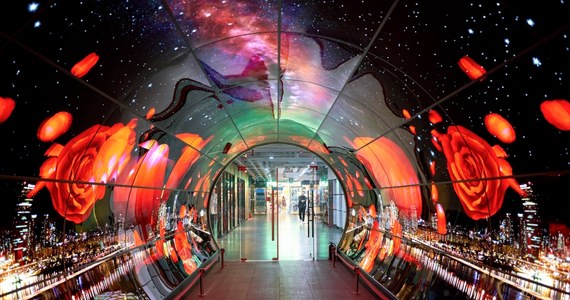He sees many revolution in displaying the picturewhich is to come with the use of the material of the future as it is count. Thanks to it, new generations of displays will provide us with an image so full of colors and details that we will admire the films as if their scenes were played live.
Scientists from University of Lodz. There is the first laboratory in Poland and one of the few in the world that conducts such experiments. As graphene has an excellent conductivity of heat and electricity, and transmits light rays at the level of 89 percent, it can be used to build OLED diodes for the extremely thin and flexible displays of the future.
For many years, attempts have been made to tame graphene in OLEDs as an anode (electrode), but it was carried out with little success. The breakthrough came with the addition of an additional 3-5 nm rhenium oxide layer. Scientists have finally stabilized the system and can now move on with the building a fully functional prototype.
